The skills-based organisation seems such a logical, clear-headed model – breaking down goals into key tasks and assigning those tasks based on merit and capability rather than job title and tradition. But it does rely on having clear data up front. You can’t adopt a fundamental change in the way you allocate work without a common language (or ontology) to describe skills, an analysis of the skills you already have, and an idea of the skills you’ll need in the months and years to come.
Historically, this has been quite a ponderous process. Information from the top: what are the goals, and what are the skills we’ll need to deliver on them? Information from the managers and teams themselves: who can do what, to what level of competence? An agreed language to work to, with regular reviews to ensure that technological changes or shifting priorities are taken into account. And then the analysis itself: what do we need? How much do we upskill and how much do we need to recruit? L&D leaders could be forgiven for baulking at what could be a very long, expensive and complex journey indeed.
From trek to stroll
But things change. It no longer takes a consultancy several months and six figures to create that skills framework and the language it needs to give it structure. So much of this journey can be navigated with AI tools which didn’t exist ten years ago, identifying crucial insights dynamically and at scale. If this needs to be done quickly, you don’t need to sacrifice detail: the technology exists to capture and parse huge amounts of data in hours, not weeks. We’re not Hannibal crossing the Alps any more: it’s more like we’re booking a luxury break through a good travel agent.
The human part of the equation, however, can be simplified but not completely solved by technology. AI can’t take a manager’s view, or an employee’s view, on their performance. Levels of capability need to be observed in the wild, so to speak, and regularly calibrated and updated. The process needs to be fair and collaborative. There needs, in short, to be honesty, and that may be harder than it sounds. Employees don’t always trust their employer to be honest with them (and if that sounds dramatic, a recent Gartner survey found that 46% of employees don’t trust organisations to be honest with them in the hiring process, and only 55% trust that their company will deploy AI in a responsible and trustworthy way). If all that is true, then asking an employee what their skills and level of capability are becomes something of a loaded question. They’re as likely to think that you’re searching for weaknesses and preparing to replace them than they are to trust that you have their development needs front of mind.
Skills: the currency for both business and employee
The irony is that looking at business through the lens of skills is the most honest relationship possible between an employee and employer. A leader who takes skills seriously – and who understands that it’s always cheaper to develop someone than it is to replace them – has a crystal clear view of what the business needs… and what their people need. There are parallels here with the world of performance management, which has undergone its own revolution in recent years. In a way, good performance management does a lot of this work for you. What are those regular manager-employee conversations if not a chance to talk about skills – how an employee is delivering on their goals and what support they need to achieve them? Little and often, rather than in the indigestible form of the annual performance review, and accompanied by regular, constructive feedback: that’s the formula for better performance. And the same principles – and a lot of the same data – apply to skills development.
And then there’s the skills gap analysis itself: something it’s possible to see as both stepping stone and obstacle. On the one hand, you’re laying the groundwork for a more agile future. Knowing what you have and what you need gives you the scope to be responsive, to react more quickly to change and, in many cases, to anticipate and be ready to take advantage of it. And yet the journey to that place has been seen as so laborious, so time- and resource-intensive that it remains an aspiration: something that Google or Microsoft could afford, perhaps, but not us.
But so much of that is no longer true. The very technological changes driving the rapid turnover of needed skills provide a way to embrace that change. We’re in a place now where the early adopters have set the model – which means most of us don’t need to invent it. Much of the data we need to identify key skills is out there in the public domain, and easily accessible with the right tech.
It’s good to talk
But employers need to take their people with them on the journey. They need to be sensitive to those who read the articles – and there’s no shortage of them – suggesting that AI may benefit the organisation at the expense of the individual. Just like a good employee-manager relationship, we need to communicate clearly, bring trust and honesty, and demonstrate that skills growth is the bedrock of a completely frank and sincere conversation about what the business and the person needs.
To go back to performance – was it really such a revelation that managers and employees would understand each other better and have more clarity and constructive dialogue if they talked more often? Precisely the same principle applies here: the better I know my people, as a manager, the better I am able a) to support them and help them grow, and b) to have the resources I need to deliver on my goals. The added value isn’t hard to see. The practical application of it is something that probably is – and certainly should be – happening already. And now we have technology which can take that data and turn it into something accessible and user-friendly, in a fraction of the time it would take a consultancy. Like the vast majority of human problems, the answer is that we have an honest conversation. That doesn’t sound so hard, does it?







